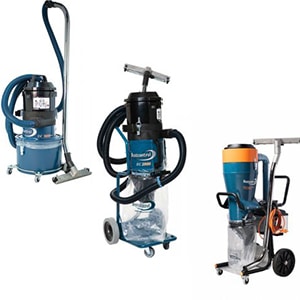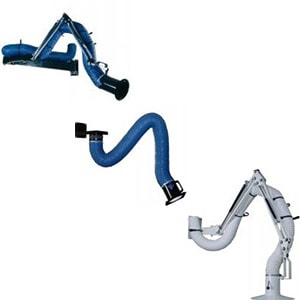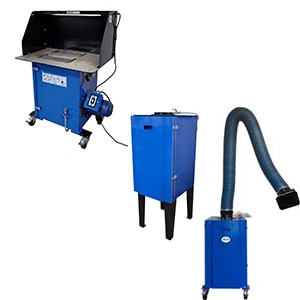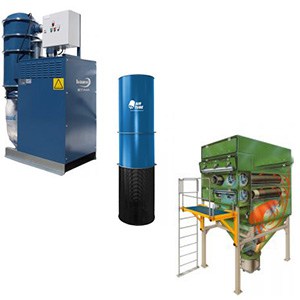EXTRACTION FOR THE METAL INDUSTRY
In the metal industry, lots of hazardous fumes are released during the welding process. Welding is the process of connecting materials through pressure and/or heat, which causes the material to go into a liquid state around the place of connection. This creates continuity between the parts that need to be connected. It’s different than soldering; since welding also melts the material of the work piece.
During this process, welding fumes are released. There are hazardous substances in these fumes that have a negative impact on the welder’s health and his environment. Welding fumes is an umbrella term for a mixture of gasses, fumes and particles that are released when welding or during similar activities. Employees that are exposed to welding smoke are at risk of inhaling risky substances that could, for example, cause damage to the airways.
Exposure to welding fumes mostly occurs in jobs within the ‘small metal’, ‘big metal’ and ‘metal electro’ sectors. In addition, welding happens in several other sectors. There are about a hundred professions where there is regular exposure to welding fumes. Especially employees in construction, car repair services and that have technical functions within industry and agriculture regularly perform welding activities despite not being professional welders.
Short term, breathing in welding smoke or welding fumes can lead to hoarseness, throat aches and irritated eyes. The long-term effects of welding smoke depend on which materials were used and which welding techniques were applied. Welding smoke from non-alloy steel can lead to decreased fertility in men.
Extraction oil mist and oil smoke
Oil mist and oil smoke occur during a number of different production activities. Before we can take the right precautions, to beat the risks and damage these substances can cause, we need to know specifically what oil mist and oil smoke really is.
In the production industry, oil mist mostly arises during the cutting of metals, an umbrella term for CNC turning, milling, sanding, drilling, etc. Oil mist arises when mixed oil or water and concentrated cutting fluid, so-called emulsion is used for cooling, lubricating or chip removal.
From oil mist to greasy smoke
At high speed and high pressure, the oil droplets become very small (<1 µm) and the amount of oil in the air is generally very high. In these situations, there is a lot of oil smoke. When worked on with a machine, these liquids are sent out in the shape of aerosols and smoke to the environmental air. Breathing in these substances is very hazardous for their health.
The National Board of Occupational Health and Safety has therefore set out specific limits. The current limit for the emission of welding fumes and aerosols in company building is 1 mg/m³.
What are the risks
The risks that are associated with large concentrations of welding fumes, oil mist or oil smoke are:
- Oil mist can contain small metal particles that can lead to breathing problems.
- Skin problems, such as acne and eczema.
- Increased risk of slipping – oil mist eventually settles on the floor.
- Damage of the indoor environment caused by oil accumulation on surfaces in the ventilation system which impair the function and pollute the air.
- Aerosols damage the electronics in the modern metal work machines.
If you are looking for extraction in ATEX zones, please click here.
Dust Solutions can advise you in choosing the right equipment!







